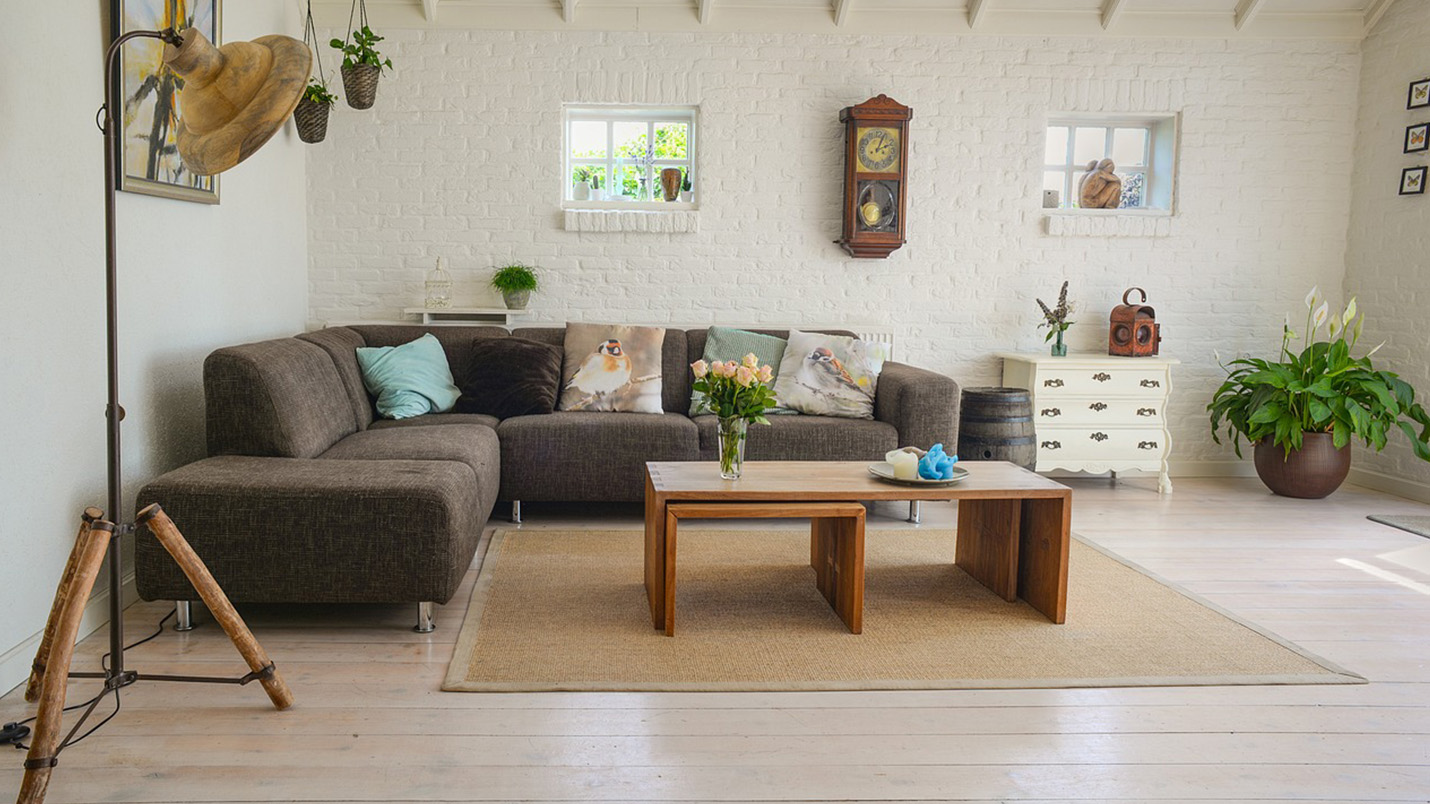The Art of Arranging: Tips for Furniture Layouts
Arranging furniture is akin to composing a symphony within your living spaces. The placement of each piece affects not only the aesthetics but also the functionality and flow of a room. In this blog post, we'll delve into the art of arranging furniture, offering practical tips and ideas to help you create harmonious and visually appealing layouts in various room configurations.
Step 1: Define the Focal Point
Every room should have a focal point, be it a fireplace, a large window with a view, or a piece of artwork. Arrange your furniture to highlight this focal point, allowing it to command attention and anchor the space.
Step 2: Consider Traffic Flow
Maintain a clear path for movement within the room. Avoid placing furniture in a way that obstructs natural pathways. Aim for a balance between functional placement and visual appeal.
Step 3: Strive for Balance and Symmetry
Balance is key to a well-arranged room. Achieve balance by distributing visual weight evenly. If you have a large, heavy piece of furniture on one side, balance it with smaller, complementary pieces on the other.
Step 4: Embrace Conversational Arrangements
In spaces designed for socializing, such as living rooms, create conversation areas by arranging seating in a way that encourages face-to-face interaction. Consider using sofas and chairs to form intimate groupings.
Step 5: Mind Proportions and Scale
Consider the scale of your furniture in relation to the size of the room. In a spacious living room, large, substantial pieces may be appropriate. In a smaller room, opt for more compact furniture to avoid overwhelming the space.
Step 6: Experiment with Layouts
Don't be afraid to experiment with different furniture arrangements. Move pieces around until you find a configuration that feels right. This trial and error process can lead to unexpected and pleasing results.
Step 7: Utilize Vertical Space
In rooms with high ceilings, consider using tall bookshelves, vertical artwork, or floor-to-ceiling curtains to draw the eye upward and create a sense of grandeur.
Step 8: Pay Attention to Rug Placement
Rugs can define specific areas within a room. In a living room, ensure that at least the front legs of furniture pieces are on the rug to tie the arrangement together.
Step 9: Allow for Breathing Room
Avoid overcrowding a room with too much furniture. Leave enough space between pieces to allow for comfortable movement and to create an open, inviting atmosphere.
Step 10: Personalize with Accessories
Once your furniture is in place, add personal touches with accessories like throw pillows, artwork, and decorative items. These accents contribute to the overall ambiance and make the space uniquely yours.
Arranging furniture is a dynamic and creative process that involves careful consideration of space, function, and aesthetics. By following these practical tips, you can create layouts that not only enhance the visual appeal of your rooms but also promote comfort, balance, and functionality. Remember, there are no strict rules in furniture arrangement—trust your instincts and let your personal style shine through!

Senior Interior Design Specialist




